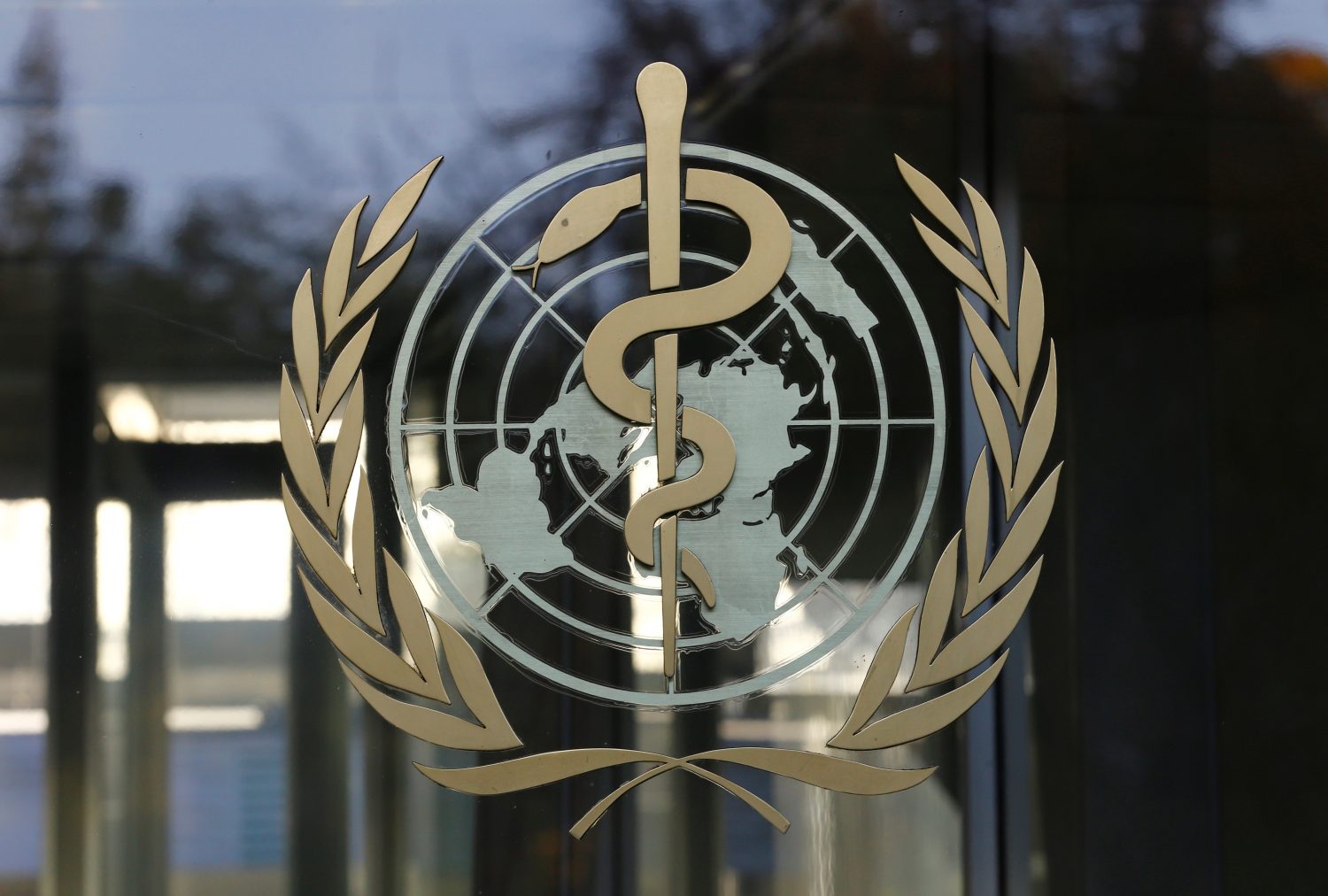
y Hyonhee Shin and Ryan Woo
SEOUL/BEIJING (Reuters) – The streets of South Korea’s fourth-largest city were abandoned on Thursday, with residents holed up indoors after dozens of people caught the coronavirus in what the authorities described as a “super-spreading event” at a church.
The deserted shopping malls and cinemas of Daegu, a city of 2.5 million people, became one of the most striking images outside China of an outbreak that international authorities are trying to prevent from spreading into a global pandemic.
New research suggesting the virus was more contagious than previously thought added to the alarm. And in China, where the virus has killed more than 2,100 people, officials changed their methodology for reporting infections, creating new doubt about data they have been citing as evidence of success in fighting its spread.
Deagu Mayor Kwon Young-jin told residents to stay indoors after 90 people who worshipped at the Church of Jesus the Temple of the Tabernacle of the Testimony showed symptoms of infection and dozens of new cases were confirmed.
The church had been attended by a 61-year-old woman who tested positive, known as “Patient 31”. Korea’s Centers for Disease Control and Prevention described the outbreak there as a “super-spreading event”.
“We are in an unprecedented crisis,” Kwon told reporters, adding that all members of the church would be tested. “We’ve asked them to stay at home isolated from their families.”
Describing the abandoned streets, resident Kim Geun-woo, 28, told Reuters by telephone: “It’s like someone dropped a bomb in the middle of the city. It looks like a zombie apocalypse.”
South Korea now has 104 confirmed cases of the flu-like virus, and reported its first death.
In China, officials have been pointing to evidence that new cases were declining as proof they are succeeding in keeping the virus largely contained to Hubei Province and its capital Wuhan, where the virus initially emerged.
But revisions to their methodology have raised doubts about the data. Under the latest methodology, which excludes chest X-rays, China reported fewer than 400 new cases over the past day, less than a quarter of the number it had been finding in recent days under the previous method.
Only last week, another change in Chinese methodology created an overnight spike of nearly 15,000 new cases, reversing a trend of falling numbers that Chinese officials had previously touted as evidence their disease-fighting strategy was working.
Scientists in China who studied nose and throat swabs from 18 patients infected with the virus said it behaves much more like influenza than other closely related viruses, suggesting it may spread even more easily than previously believed.
In at least in one case, the virus was present even though the patient had no symptoms, suggesting symptom-free patients could spread the disease, they wrote in preliminary findings published in the New England Journal of Medicine.
“If confirmed, this is very important,” said Dr Gregory Poland, a vaccine researcher with the Mayo Clinic in Rochester, Minnesota, who was not involved with the study.
China has imposed severe controls in Wuhan, a city of 11 million people, to halt the spread of the virus, and has taken urgent steps to keep the overall economy from crashing.
On Thursday, its central bank cut a borrowing rate, while the authorities extended an order for businesses in Wuhan to shut down until March 11. Schools in the city, which had been due to re-open on Friday, will also stay shut.
TWO CRUISE SHIP PASSENGERS DIE
Japan reported the deaths of two elderly passengers from the quarantined Diamond Princess cruise ship anchored off Yokohama. They appear to be the first people to have died from the disease from aboard the ship, the biggest cluster of infection outside mainland China with more than 620 cases.
Japan has begun allowing passengers who test negative to disembark from the ship. Hundreds departed on Wednesday and hundreds more were set to leave on Thursday.
The ship was carrying about 3,700 people when quarantined on Feb. 3, about half of them from Japan. Japanese passengers were permitted to go home once cleared to leave; other countries are flying passengers home and keeping them isolated on arrival.
Japan, which is due to host the summer Olympics in July, had faced criticism over its strategy of quarantining people on board the ship. Its National Institute of Infections Diseases published data which it said supported its strategy, showing that the onset of symptoms from confirmed cases had peaked on Feb. 7 and tailed off to zero by Feb. 15.
The NIID report was “very reassuring,” said Kentaro Iwata, an infectious disease specialist from Kobe University Hospital who had been one of the harshest critics of the quarantine.
(Reporting by Hyonhee Shin in Seoul and Ryan Woo in Beijing; Additional reporting by Linda Sieg, Chang-Ran Kim, Akiko Okamoto, Ju-min Park and Daewong Kim in Tokyo, Sangmi Cha in Seoul, Babak Dehghanpisheh and Parisa Hafezi in Dubai, Keith Zhai and Patpicha Tanakasempipat in Vientiane; Writing by Peter Graff, Editing by Angus MacSwan)







